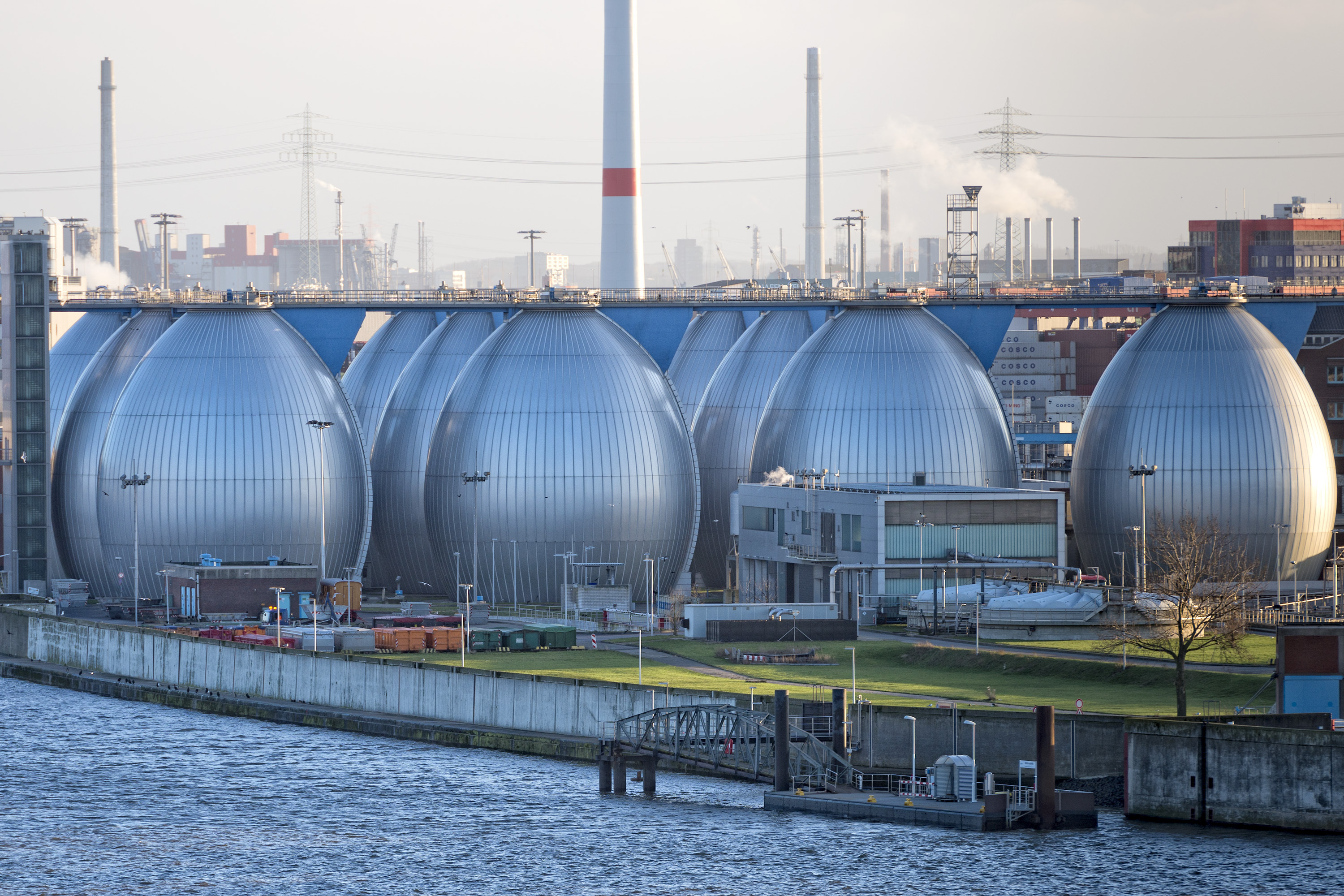
On May 12, 2022, California’s Coastal Commission refused to grant Poseidon Water a permit to develop a $1.4 billion desalination plant southeast of Los Angeles. For years, California has been experiencing a severe drought that will only get worse as climate change continues. However, the proposed desalination plant was rejected because of concerns that it would be highly pollutive and cause severe damage to nearby ecosystems.
It can be tempting to regard desalination as the silver bullet that will resolve the worsening global water crisis. However, California’s rejection of Poseidon’s proposal challenges this view and underlines the need for alternative solutions to an increasingly pressing issue.
Desalination has its problems
Firstly, most desalination plants turn seawater into freshwater via reverse osmosis. Seawater is ‘pushed’ through a semi-permeable membrane that allows water molecules through but not dissolved salts. This process requires a high-pressure pump and plenty of electricity to power it, which is not a problem if energy is plentiful and derived from renewable sources. Unfortunately, we live in a world that remains largely dependent on energy sources that are non-renewable, environmentally damaging, and, at times (like now), insecure in their supply.
Secondly, desalination poses serious threats to adjacent marine life for two main reasons: the large volumes of seawater sucked into desalination plants contain large volumes of marine organisms such as plankton, which are killed in the reverse osmosis process, and more importantly, the main by-product of desalination is brine—a high-concentration solution of salt and water that is toxic to most marine organisms. If released back into the sea, brine can devastate marine ecosystems.
Until energy supplies are renewable, environmentally neutral, and secure—and until desalination plants can limit their considerable ecological impact—desalination will remain an environmentally harmful solution to the water crisis.
Alternative approaches
While the problems with desalination are ironed out, improving the efficiency of water infrastructure should be the target of investment. This is because a shocking amount of water is lost via leaks in pipes and poor storage infrastructure. It is estimated that between 20% and 50% of the water produced in the US is lost via leaks. In 2018, the UK Environmental Agency claimed the Southeast of England would face water shortages unless it addressed the three billion liters lost through infrastructural leaks.
How well do you really know your competitors?
Access the most comprehensive Company Profiles on the market, powered by GlobalData. Save hours of research. Gain competitive edge.

Thank you!
Your download email will arrive shortly
Not ready to buy yet? Download a free sample
We are confident about the unique quality of our Company Profiles. However, we want you to make the most beneficial decision for your business, so we offer a free sample that you can download by submitting the below form
By GlobalDataThis is hardly surprising if the age and the sheer amount of water pipelines are considered. The UK alone is covered by roughly half a million kilometers of underground water pipes, according to Water UK. Vastly more traverse the US, and the more pipeline there is, the more leaks will occur. On top of this, many of the US’ water pipes were laid in the nineteenth and twentieth centuries and are reaching the end of their realistic operational lifespan—meaning leaks are more likely to occur. To give an idea of just how many pipes are outdated in the US, the American Water Works Association estimates that replacing these pipes will cost over $1 trillion over the next two decades.
All of this means that leaks are frequent and can happen anywhere in a geographically vast infrastructure network. Therefore, tackling water leakage is potentially impactful because it can save a surprisingly significant volume of water, but is incredibly difficult because of the huge area in which leaks could occur—leaks that will first need to be detected.
Leak detection
Various technologies are currently being used to overcome this difficulty. For instance, satellite imaging is being used by UK water companies such as Cambridge Water and Severn Trent to identify potential leaks. The same technology is used to discover water on other planets—radar sensors are used to penetrate a few meters below the earth’s surface to map concentrations of water.
In 2021, Utilis, a provider of this technology, raised $6 million in funding and, with its partner Suez, signed a contract worth EUR1.8 million ($1.9 million) to provide satellite leak detection services for 12,000km of FARYS’ water pipes in Belgium. In other words, satellite leak detection is being taken seriously by utilities. Other solutions include specialist IoT sensors that, when installed on the walls of water pipes, can identify the electrical or acoustic footprint of leaking pipes with the help of AI analysis. Utilities providers such as Coliban Water and Anglian Water have used drones fitted with thermal cameras to identify possible leaks by the temperature change they cause in the ground.
This water crisis will only get worse. If we try to desalinate our way out of this mess with the technology we currently have, we will further destabilize the global food chain that supports all terrestrial life. Until these technical issues are addressed, fixing our leaky pipes is a better idea.







Related Company Profiles
Suez SA
Severn Trent Plc